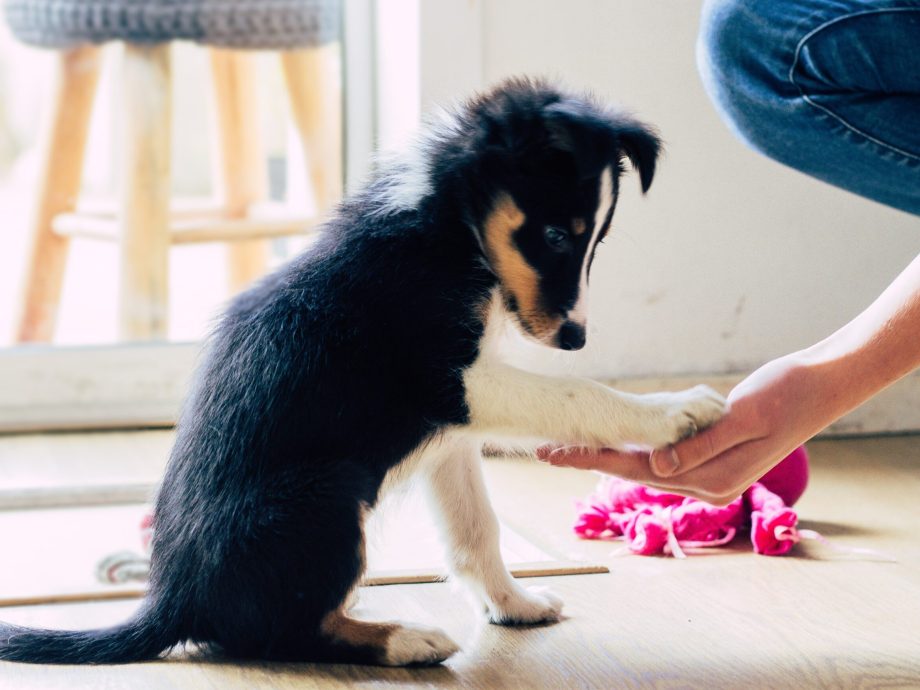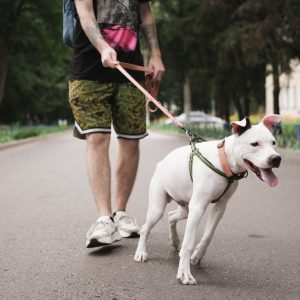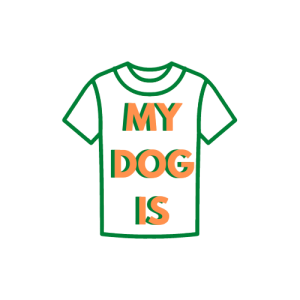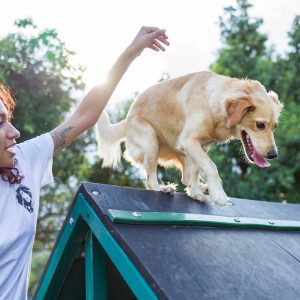Dogs have been bred for various purposes including scent hunting, herding, sport, showing and companionship. Yet all have one thing in common – they enjoy reward. Dog training is not about pulling leashes, shouting ‘no!’ a lot and creating a tense environment. The foundation of a harmonious human-dog relationship is based on mutual trust, calmness, consistency and fairness.
Where to start?
Dog training should be rewarding for both the owner and pet. Mental stimulation and physical activity are key to a healthy body and mind, for both of you. So the best way to train a dog is to make it fun and relaxed. This way they do not even know they are being trained…
Can you create that environment?
From the first day a dog opens its eyes they are learning, and their instinct is strong. By putting in some basic commands followed by reward a puppy will soon pick up new skills. Training starts straight away.
By giving your dog a recall whistle every time you feed or give them a treat, they soon associate the command with reward. This can be done with litters of puppies before they are 8 weeks old, and so they are on the whistle before they leave for their forever homes.
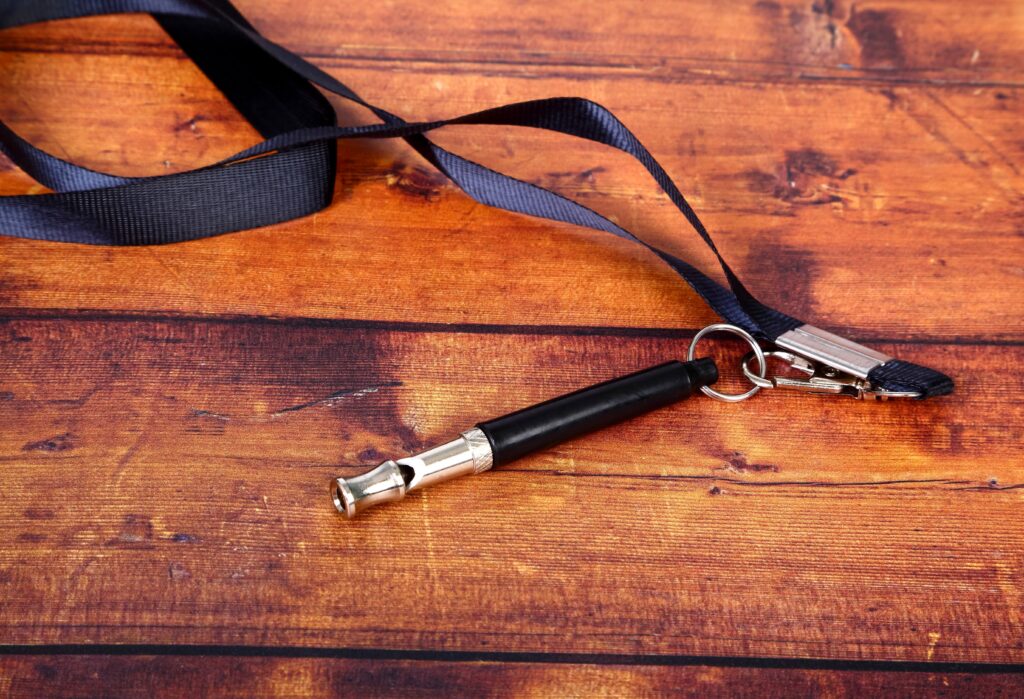
Dog whistles
Any dog of any age will be able to pick up this basic task, so give it a try… Start off at home indoors, making the distance short. Then move to the garden if available, and then carry on when out for a walk.
I use the Acme 210.5 whistle. These are designed to be high pitch and easy for a dog to hear even at long distances. There is a whole range of different whistles available, with various pitches and tones. Have a look at the specifications and find the perfect whistle for your dog.
Five or 6 short blows on the whistle followed by a treat is all you and your dog initially need to master. Then try lengthening the distance indoors. As next step, why not hold the dog in your arms, throw a rolled-up pair of socks or similar, release and then recall them back once they retrieve. For the best result, position yourself in a corner of the room, so your dog runs straight into your arms. Only move onto a new, more complex command once you have mastered this one.
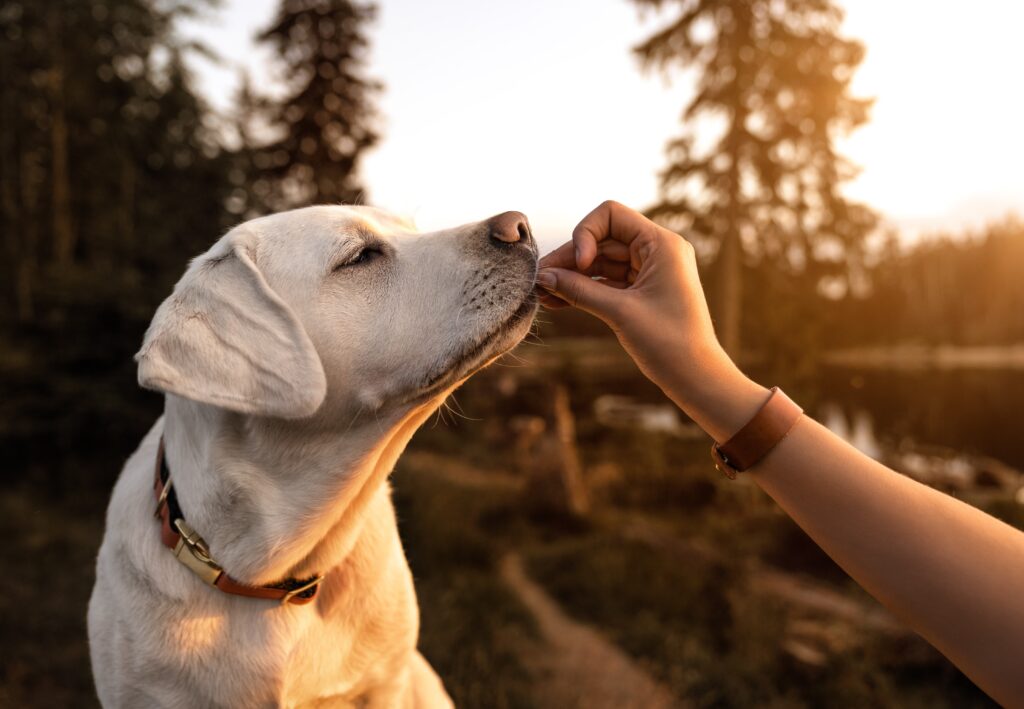
Foundations
Laying the right foundations is a mixture of the basics – fun – stimulation, which ultimately leads to obedience. Your dog’s trust is built directly on a foundation of security. To provide security, I must also demonstrate confidence and protection. At the same time, I don’t destroy anything through undue coercion. Never become unnecessarily violent, always react in a predictable way for the dog. I never hold grudges and forgive mistakes as soon as they are corrected. Also trust that the dog can do this and help to find the right way.
For the basics, 10 minutes a day is all that is needed. Reward, praise and keeping it fun is the best way for the dog to learn they are doing it right. By training your dog you strengthen the bond you will share together for many years to come, so remember making it easy is the key to success.

